Where is the golden age?
At the end of 2007, the General Department of Tourism and the Ministry of Culture, Sports and Tourism organized a survey trip for road tours through countries on the East-West economic corridor including Vietnam , Laos, Thailand and Cambodia. The survey trip aimed to review and evaluate the current situation, potential and connectivity of tourist destinations on the East-West economic corridor; form specific cross-country tourism products and unify solutions for effectively exploiting the tourism route. After that, a series of travel companies also organized tours and cross-country tourism programs, welcoming a large number of visitors from Thailand, Cambodia and Laos to Vietnam .
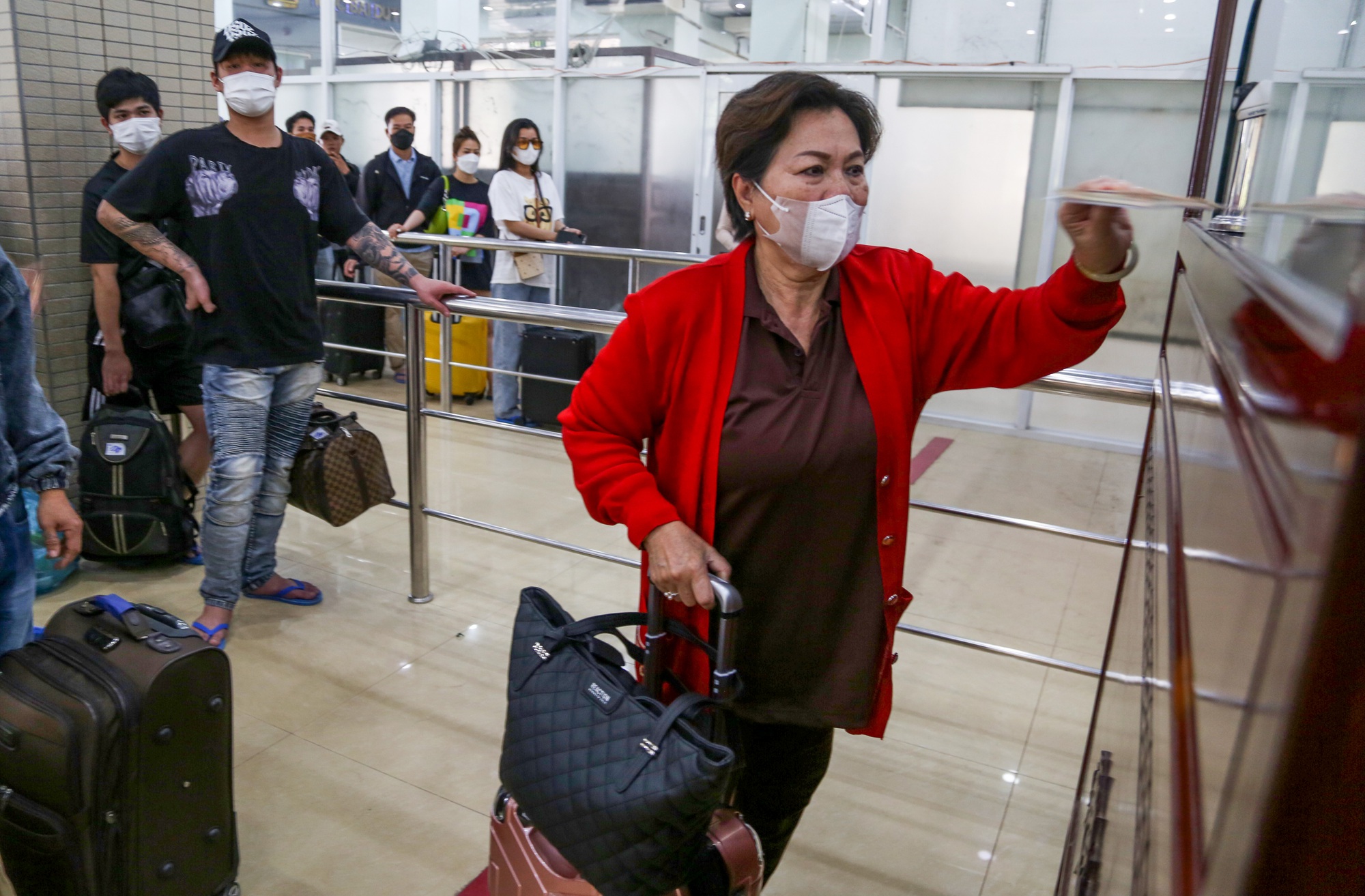
Immigration procedures from Cambodia to Vietnam via Moc Bai international border gate
After many years of monitoring and researching this market share, Mr. Cao Tri Dung, Chairman of the Board of Directors of Vietnam TravelMart Tourism Company, recalled the formation of the East-West economic corridor, especially the opening of the Friendship Bridge 2 on December 19, 2006 connecting Mukdahan (Thailand) with Savannakhet (Laos), which created conditions for localities on the route from Savannakhet to Da Nang to have strong growth in tourists.
From 2007 to 2010, the number of tourists to the Central provinces of Vietnam on this route increased dramatically. In 2007, in the first 6 months alone, there were about 160,000 visitors to Vietnam through Lao Bao border gate (an increase of 40% compared to the same period last year), the number of visitors through Lao Bao international border gate for the whole year was 404,500 (double that of 2006). In 2008, despite the difficulties caused by the global financial crisis, the number of imported and exported cars through Lao Bao border gate was still 56,000, equal to 2007; the number of visitors through Lao Bao border gate in 2008 increased by 32,629 compared to 2007.
In Thua Thien-Hue and Da Nang, the number of Thai tourists arriving by road helped this country rise to the number 1 position in the total number of international visitors to these two localities in 2007 - 2008.
" Vietnam is located on the Trans-Asia route, on the East-West route, all of which are vital routes, so the potential for road tourism is huge. However, after 3-4 years of "hot" development, since 2011, the number of visitors has begun to decrease gradually. Localities on the Vietnam route no longer record Thailand as the largest source of visitors in the structure of visitor sources. From 2011 to now, the source of visitors arriving by road through the East-West economic corridor only accounts for a very small proportion, except for Savannakhet and Quang Tri. Vietnam 's largest source of road visitors is China, now most of the people in the border provinces have also traveled to Vietnam . They are too familiar with traveling by road, so it is no longer as strong as before," Mr. Cao Tri Dung regretted.
Mr. TH, director of a travel agency in Ho Chi Minh City, also said that the Vietnamese tourism industry has recently neglected the importance of road tourism. After activating the East-West market, Vietnam proposed the "5 countries, 1 visa" plan for Laos, Cambodia, Thailand, Myanmar and Vietnam , meaning that visitors can travel to all 5 countries with just one visa.
Until now, many experts in the industry have persistently proposed to continue pursuing the idea of "one visa - many destinations" in the CLMV sub-region (Cambodia - Laos - Myanmar - Vietnam ) in which our country plays an important role, but the tourism industry has rarely mentioned it. On the contrary, as soon as the idea was proposed by Vietnam , Laos, Cambodia and Thailand immediately officially cooperated to exchange tourists with each other through the form of "2 countries, 1 destination", allowing visitors with a visa to enter Thailand to be able to enter Laos/Cambodia and vice versa.
Synchronize from infrastructure to policy framework
According to Mr. TH, besides the objective reasons of the development speed of the aviation industry, the trend of fast and time-saving tourism, there are two reasons leading to the increasingly sluggish road tourism. Firstly, the entry policy still has many shortcomings, secondly, the products are monotonous, without connections to change and innovate. Specifically, the procedures for entering Cambodia are done on the spot, easy and comfortable, while the procedures for entering Vietnam must be applied for in advance.
From Phnom Penh to Bavet border gate is 160 km long, the car takes 3 hours and 10 minutes to complete procedures. From Moc Bai to Ho Chi Minh City, the distance is half but it also takes 3 hours, plus the immigration procedures take time. The border gate is designed to be closed, sometimes hundreds of tourists have to jostle and wait very tiredly. If the tourists are "afraid" of waiting for procedures, the means of transport also face many obstacles. Group cars doing temporary import and re-export procedures must meet many conditions, complete all kinds of documents to be cleared. For private cars traveling on caravan tours, it is even more complicated. Especially in the case of cars going in the opposite direction from Thailand to Vietnam , they also have to apply to the Ministry of Transport.
The southern border gate between Thailand and Malaysia is very busy with visitors. The same goes for the land border gate between Thailand and Laos. Looking further, tourists to Europe can comfortably travel by road between countries, the border gate does not even have a barrier. While Vietnam only has a bustling border gate system with China, most of the border gates with Laos and Cambodia are not too bustling. In terms of means of transportation for tourism, road is only behind air in terms of importance and level of attracting visitors. Road tourism is not inferior to ships in terms of number of visitors, potential and product ecosystems. From such an approach, it is necessary to quickly build a comprehensive national strategy to develop road tourism.
Mr. Cao Tri Dung, Chairman of the Board of Directors of Vietnam TravelMart Tourism Company
"Not to mention, businesses only bring customers to wherever they plan their programs, no locality is willing to stand up and promote tour programs and routes to make the products more attractive and systematic. This type of customer is already difficult to gather, so any business is "afraid" and has difficulty maintaining it," said Mr. TH.
From a market perspective, Mr. Cao Tri Dung assessed that the current tourist model and structure have changed a lot. Previously, many tourists traveled in groups, and travel agencies were the ones who took care of everything from A to Z, but now the trend of traveling alone, in small groups of family and friends is increasing. If there is no one to "take care" of all the procedural issues and problems, they will switch to other types of tourism. Therefore, the legal framework also needs to change in order to expand the source of tourists.
According to Mr. Dung, sustainable development of road tourism depends on many factors, including the transportation system, road infrastructure, border gates, road systems between parties and accompanying policies. If visitors from third countries, for example from Europe to Bangkok (Thailand), can travel by road through Laos to Vietnam , the routes must be open and have a synchronous highway network. In fact, of the current routes from Laos to Vietnam , only a few are still usable, the rest are long, degraded and bad. From Phnom Penh through Moc Bai border gate to Ho Chi Minh City, the road is better but the source of visitors is also old.
"Once the transport infrastructure is in place, a legal framework for road tourism can be built. For example, how to handle right-hand drive vehicles, what about the ASEAN 1-visa regime for third-country nationals, can we pick up a car from their side? We must remove, clear, and promote these bottlenecks through the legal framework related to road transport and agreements within the ASEAN bloc. At least Vietnam - Laos - Cambodia and some Southeast Asian countries can deploy an interconnected road system like European countries," Mr. Dung proposed.
Source link








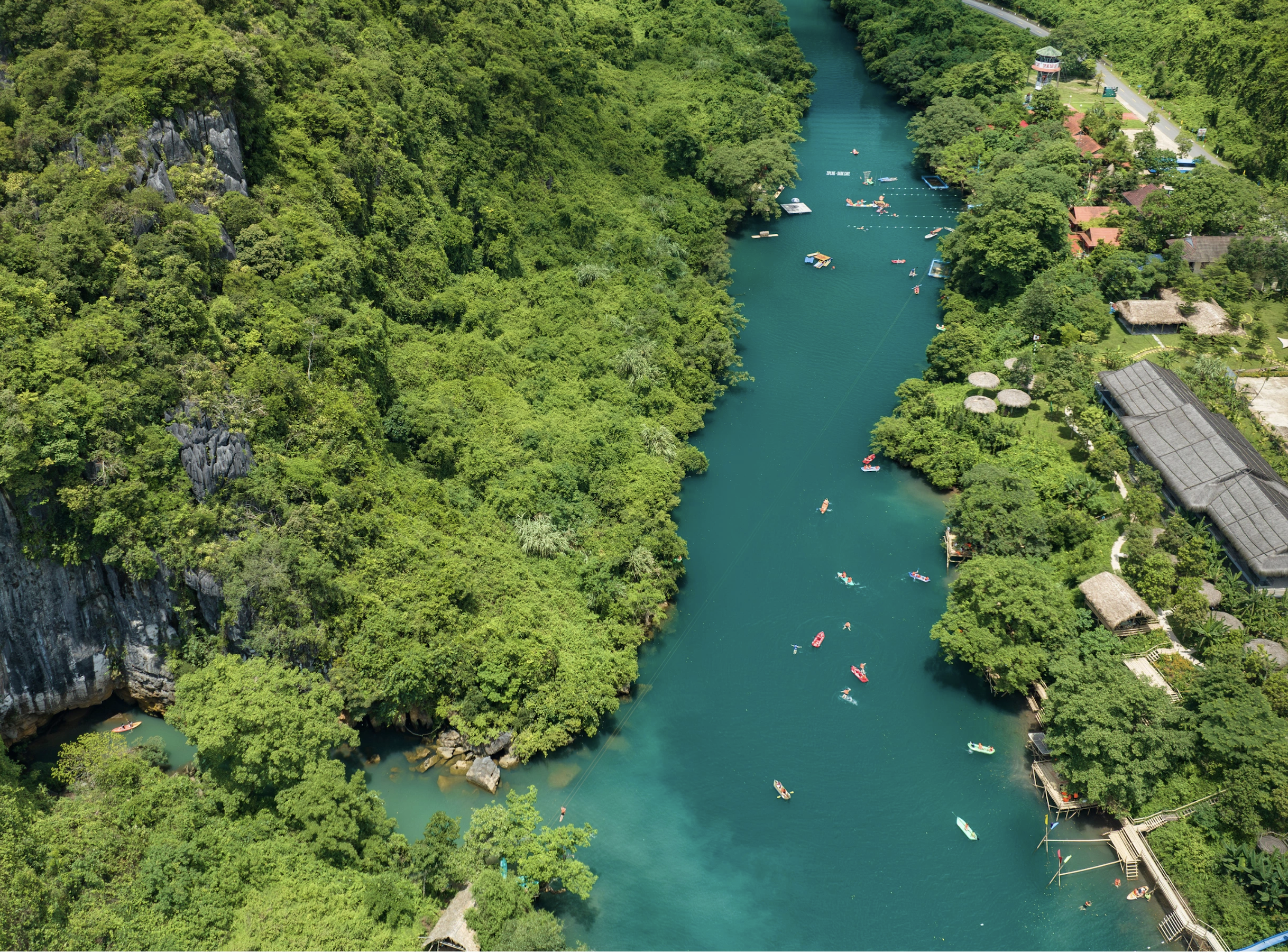

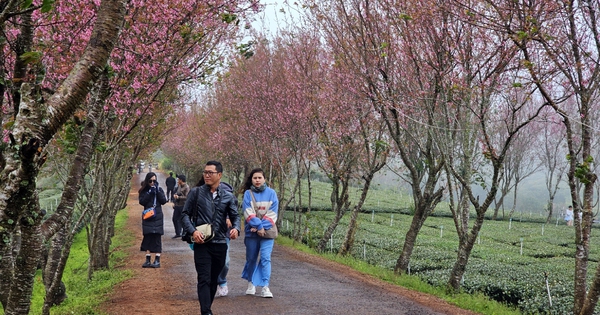



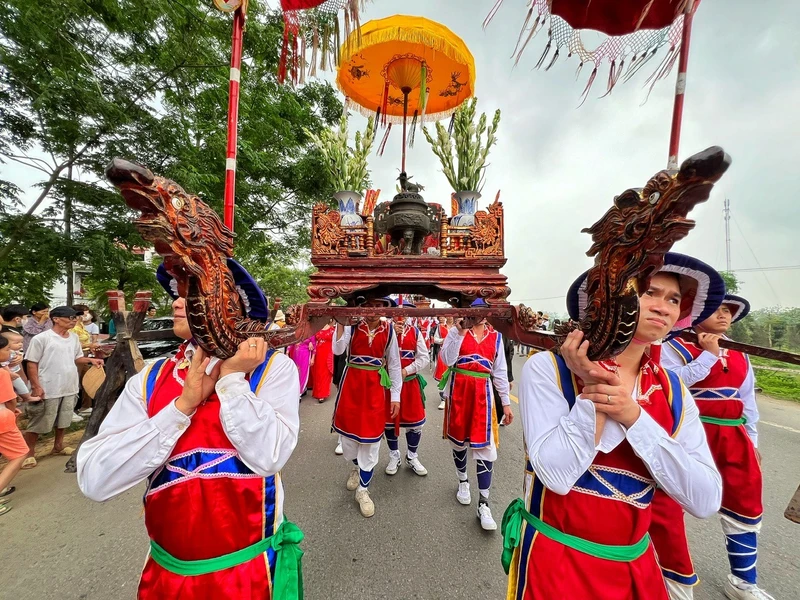

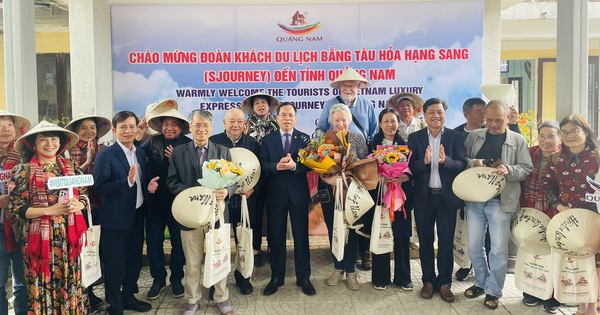

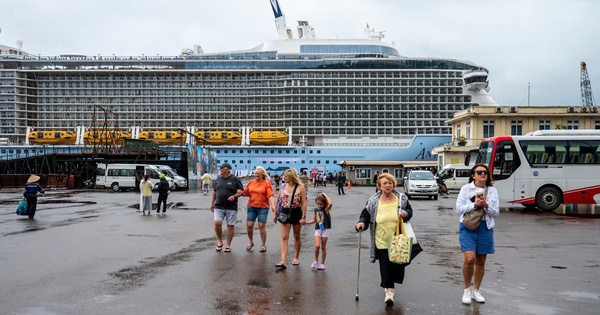
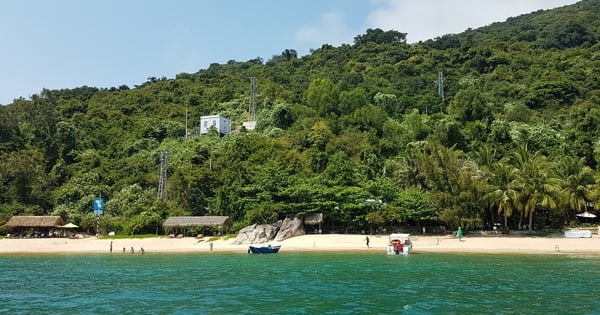
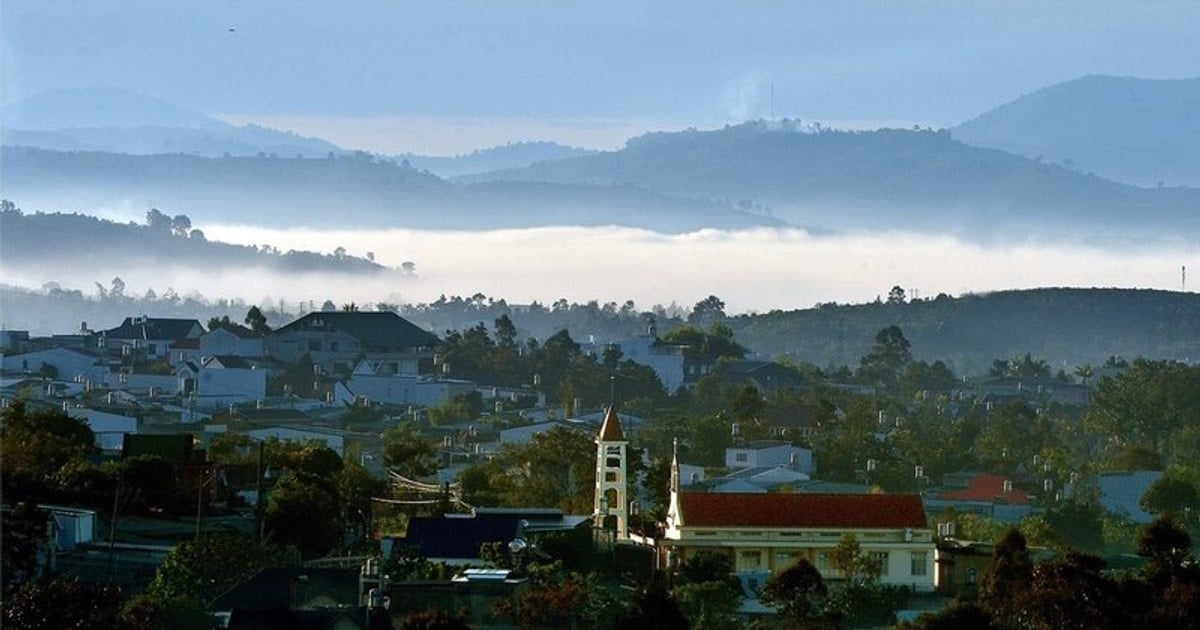




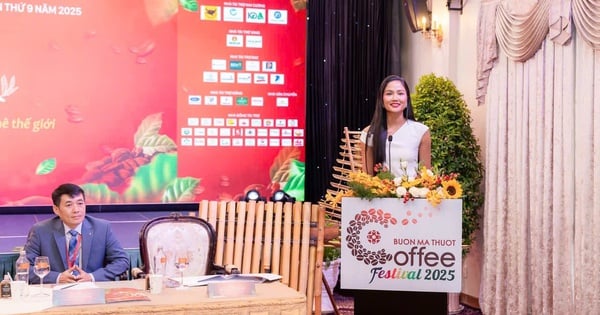
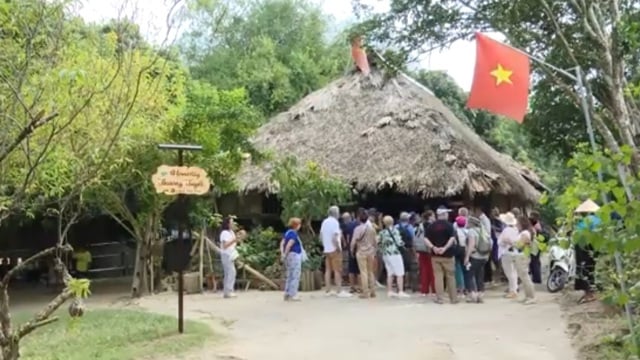






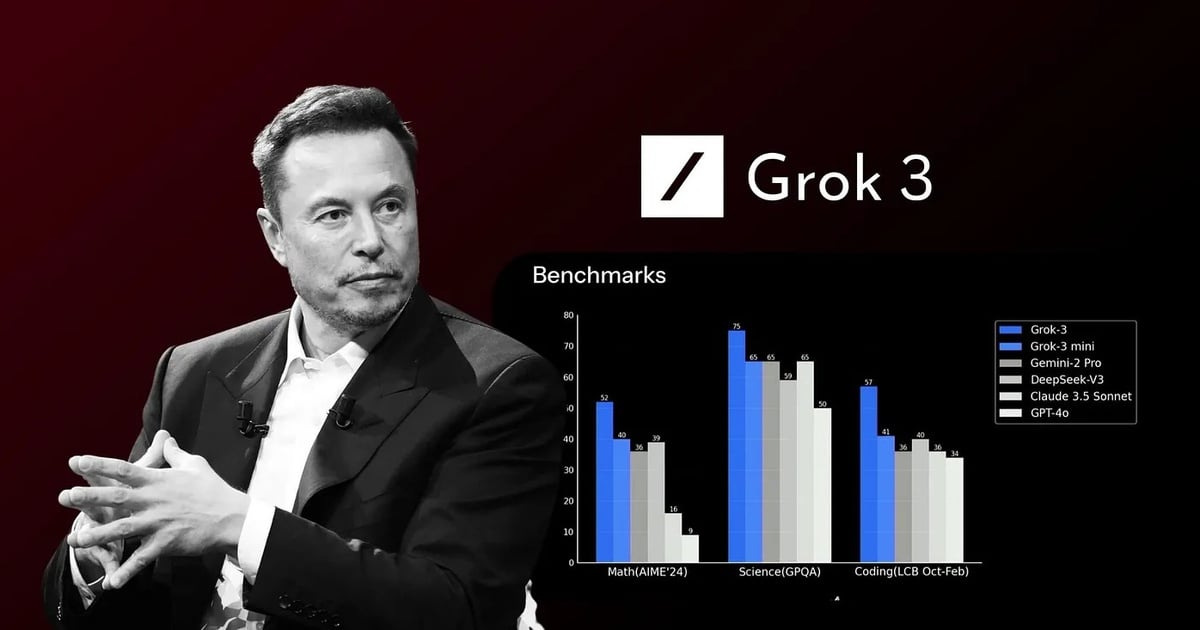






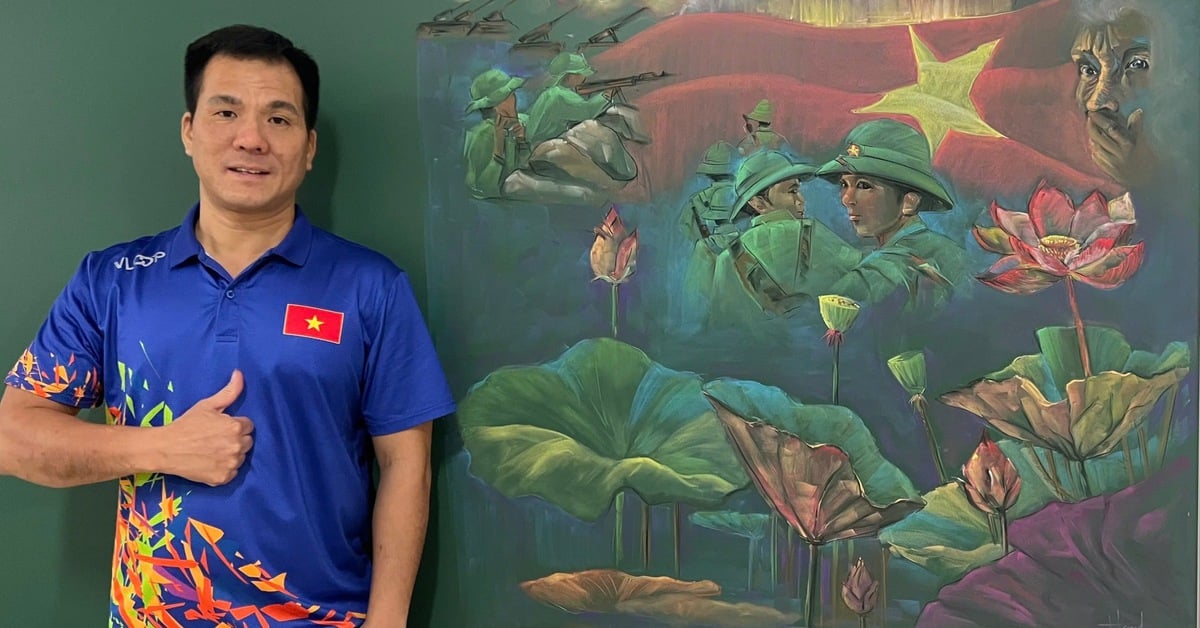

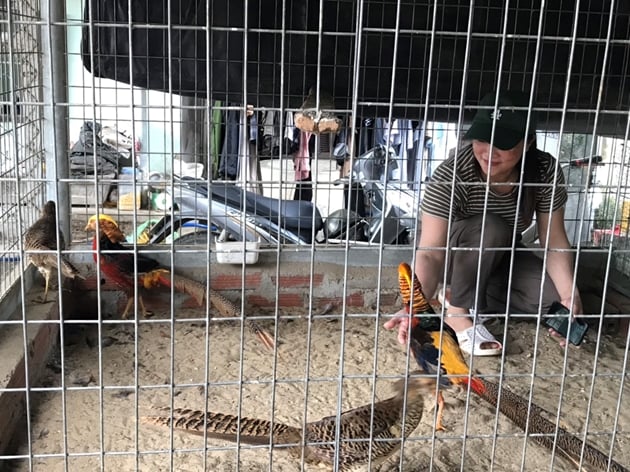



Comment (0)